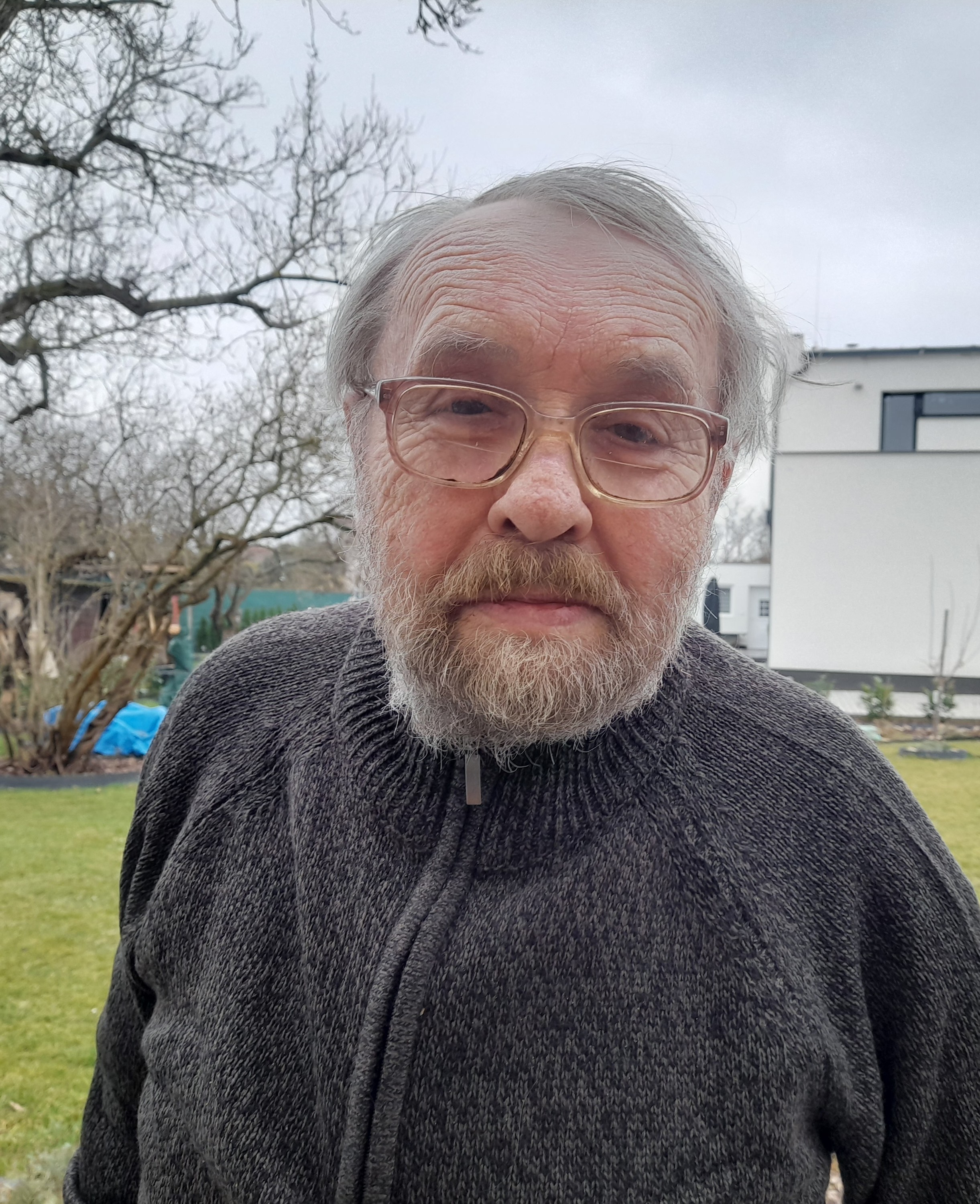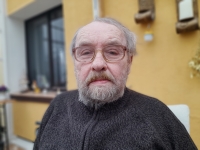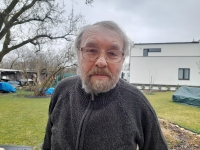It’s a mistake that after the revolution nobody cared about the party archives

Download image
Ing. Jan Uhlíř was born on 18 February 1944 in Prague into the family of František Uhlíř, a clerk, and Anežka Uhlířová, who worked as a seamstress. In 1950 he entered primary school in Pankrác, then graduated from the grammar school in Budějovická street, where he completed an apprenticeship at the JAWA company and trained as a turner. In 1962 he was admitted to the Faculty of Electrical Engineering at the Czech Technical University. During his studies he became active in the organisation of student life. In 1967 he joined the Communist Party of Czechoslovakia with the intention of reforming it from within, inspired by the reformist wing of the party. He completed his studies and joined the ČKD as a technological designer. During the crucial days of the occupation in August 1968, he participated in the logistical support of the extraordinary congress of the Communist Party of Czechoslovakia, which was held at the ČKD in Vysočany. He also distributed uncensored information and found himself in direct danger of his life during a clash with a Soviet soldier. After the occupation he wanted to be expelled from the Communist Party, but the regime made it difficult for him - he was expelled and labelled politically unreliable. However, he could have stayed in the ČKD, but because of the cadre restrictions he could not grow professionally. Nevertheless, in the second half of the 1980s, as an expert, he was unofficially approached to participate in the assembly documentation for secret strategic projects, such as the anti-nuclear gates in the Prague metro. In 1989, he played an important role in organising the general strike at both the ČKD company and at the national level, which contributed to the fall of the communist regime. After the revolution, he was elected chairman of the trade union at ČKD and subsequently became chairman of the Kovo trade union. He also served on the supervisory board of Škoda Auto. He advocated strong trade unions and criticised that the transformation of the economy was chaotic and without sufficient expertise. He was active in the union for twenty years before retiring. He is married and has got two daughters. In 2025 he lived in Újezd nad Lesy.



